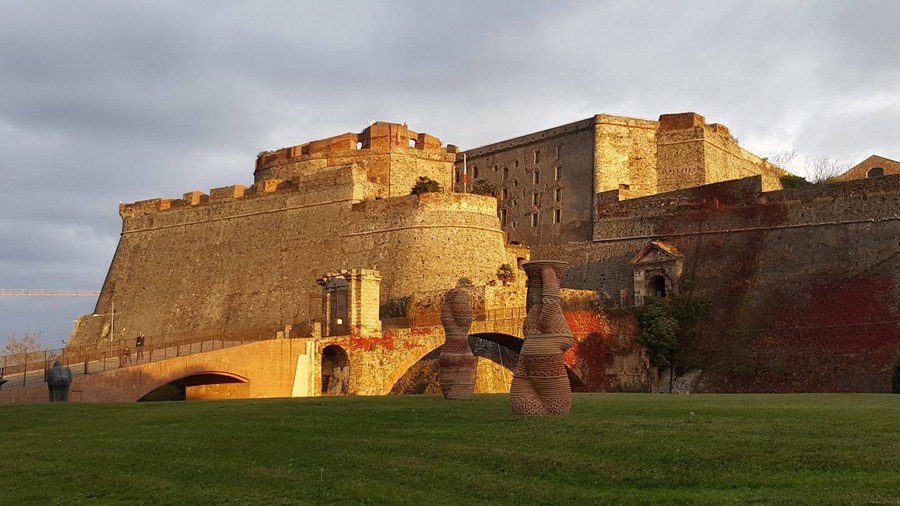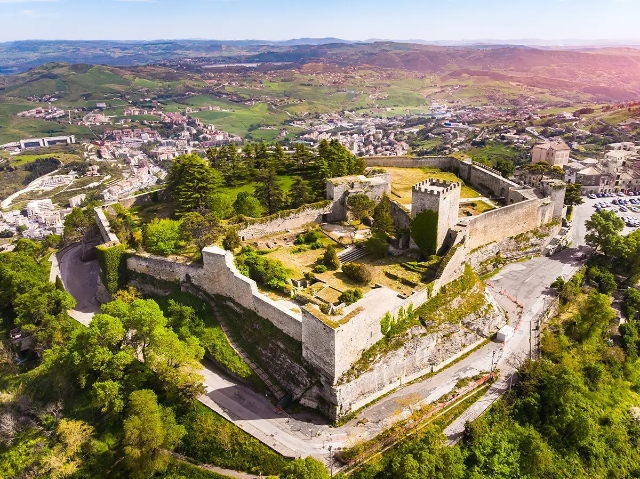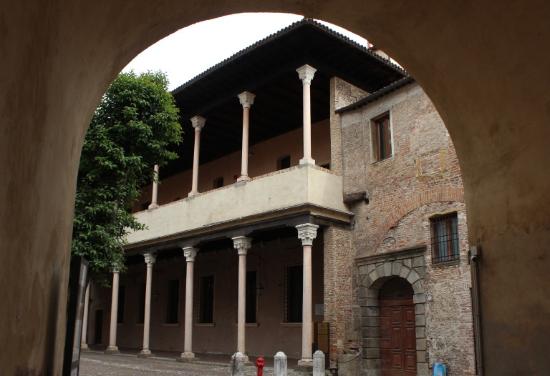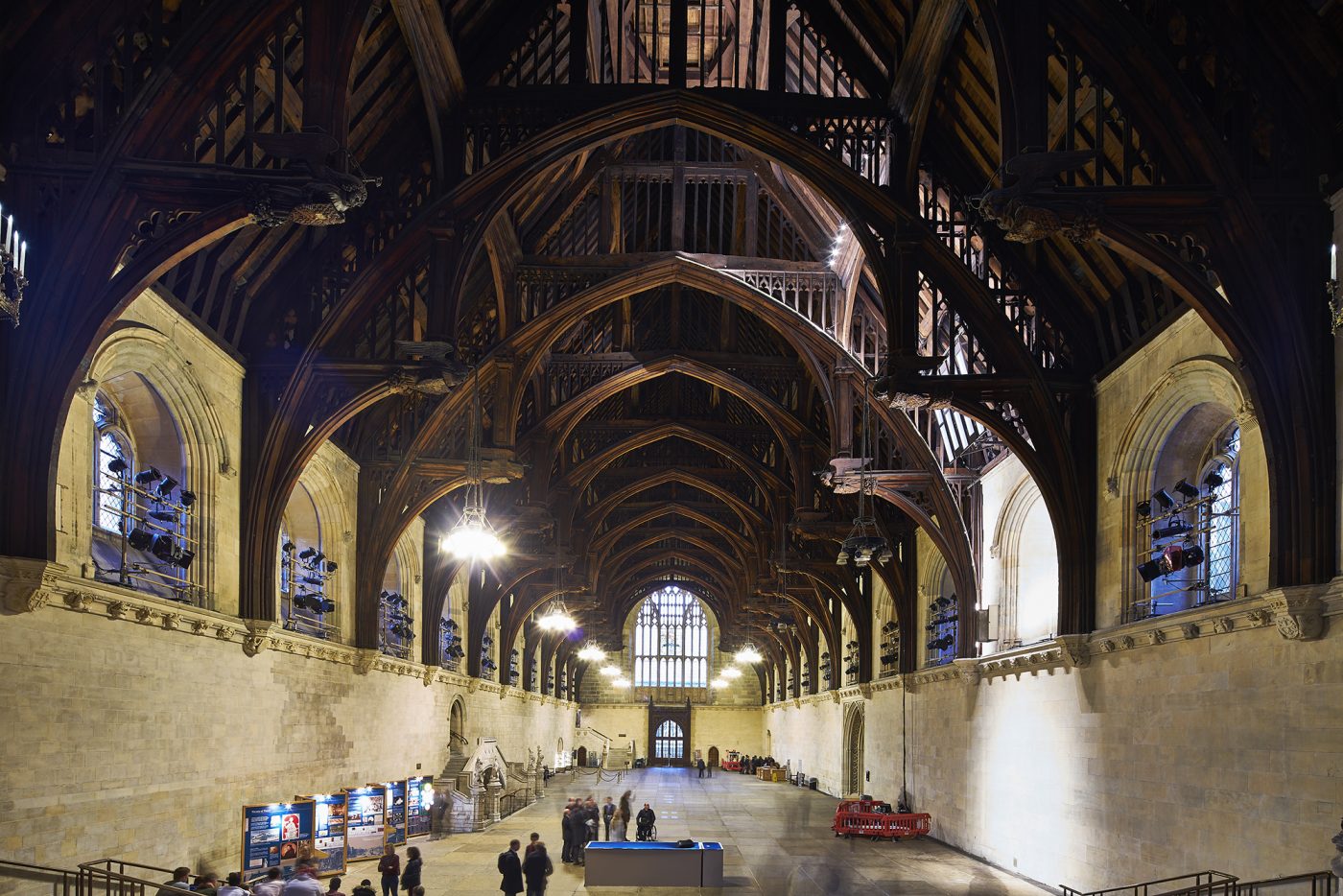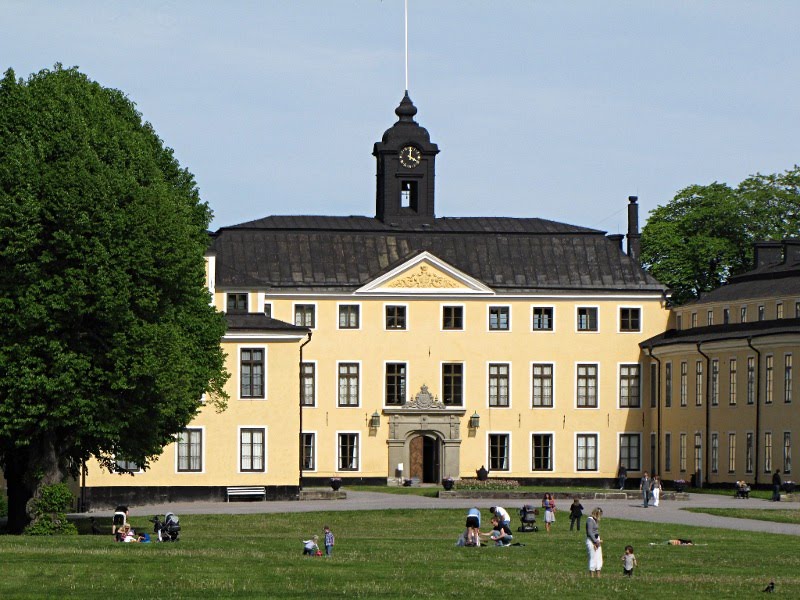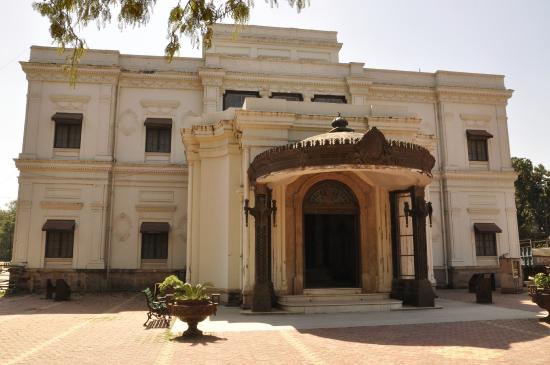<p>Walking in via Università, the street that today connects Portici and Ercolano, it is possible to pass unnoticed one of the many palaces left to the weather and the carelessness of time: Mascabruno Palace.</p>
<p>The <strong>Mascabruno palace</strong> was the first example of a covered gallop in the world, and the one in Vienna was later built in that style.</p>
<p>106 metres by about 115 metres long, the property included a territory with houses and land extending as far as Granatello. Probably first owned by the Carafa family, it was then acquired in 1692 by Marquis Antonio Mascabruno, from whom the building took its famous name. Subsequently, with woods and cultivated land, the Palace passed among the properties of King Charles of Bourbon and was included in the project of his Royal residence. Thanks to the contribution of Vaccaro and the engineers Vinaccia and Alinei, Palazzo Mascabruno was renovated around 1740 and the project, commissioned by the King, also included the construction of a bridge connecting it to the marine area of Villa d’Elboeuf. Used as barracks and stables of the royal cavalry, Mascabruno Palace was also equipped with a splendid covered riding school built between 1775 and 1794. During the Bourbon renovations, important discoveries were made during the excavations, above all, the marble eagle with the letters Q.P.A. attributed to the patrician Quinto Ponzio Aquila and became the emblem of the municipality of Portici. The complex still has four entrances and as many courtyards; two of these were once used as troop quarters, while a third has wide staircases leading to the lodgings once intended for officers and their families. The facade has four rows of windows of various sizes and in number of twenty for each of the two upper orders, including the four balconies overlooking the course. The Palace, with its grove of elks and with the addition of some other vast cultivated lands, was bought by Charles of Bourbon and included in the project of the Royal Site. For the connection with the marine area of Villa d’Elboeuf a bridge was built over the present via Gianturco. The facade, now witness to an unfortunate abandonment, had four rows of windows and as many balconies overlooking the Resina course of the current Herculaneum. The vast grounds of the Palace were once cultivated with vines and the oak wood accompanied the various paths that incredibly led to a second villa owned by Mascabruno, not far from the Granatello beach. Currently, part of the Royal Stables have been renovated. The facade overlooking Via Università, unfortunately, testifies to the carelessness and years of neglect, while part of the inner area is used as the headquarters of the Faculty of Agriculture of the Federico II University.</p>


